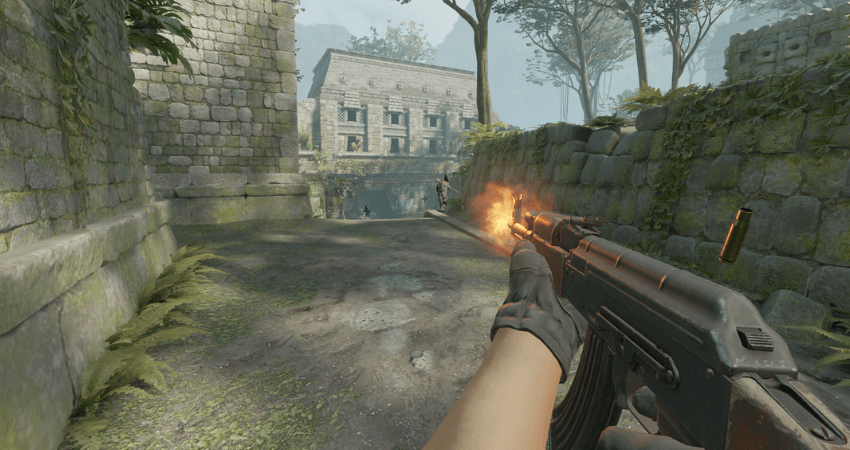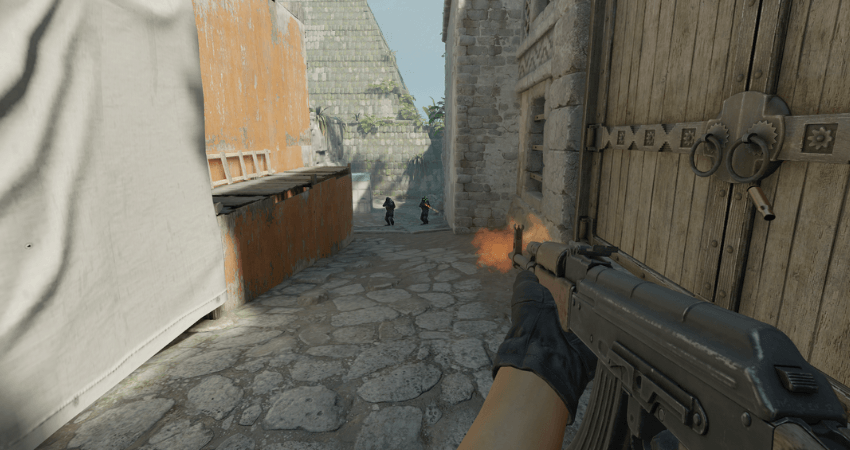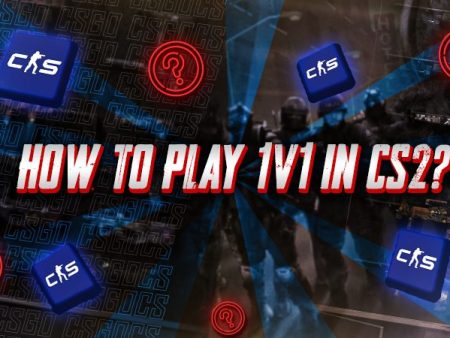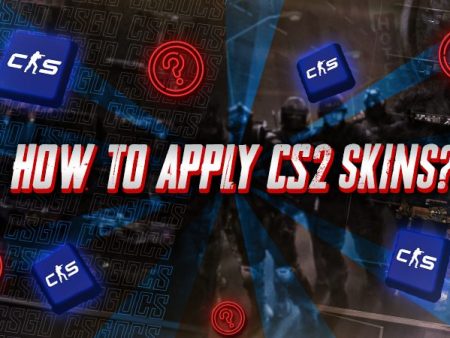Valve has always aimed to keep Counter-Strike fair for everyone, and over the years, they’ve patched many exploits that gave players an unfair edge. Backtracking was one of the most talked-about examples, especially during the CS:GO era. But how does it work, and is it still a thing in CS2?
Understanding Backtracking In CS2

Backtracking relies on manipulating lag compensation, a system designed to help players with high ping land shots that feel accurate on their screen. In CS:GO, some players abused this by artificially increasing their ping, sometimes to over 500ms, tricking the server into letting their shots register even after an enemy had moved behind cover.

In CS2, however, the engine has been reworked, and these kinds of exploits have been largely addressed. Backtracking as it was known in CS:GO no longer works the same way. The updated netcode and improved lag handling have made it far harder to abuse. In rare cases, you might still notice odd shot registration due to high ping or server desync, but these are edge cases- not exploits.

So while backtracking was once a real issue in CS:GO, it’s no longer something players need to worry about in CS2.
[RELEVANT: Best CS2 Video Settings for Max FPS]
Conclusion
Backtracking was an issue in CS:GO, but in CS2, it’s no longer a reliable or effective exploit. The changes to the engine and lag compensation system have made it nearly impossible to abuse in the same way. At most, you might run into rare cases of delayed shot registration, but that’s just part of online play- not an exploit. There’s nothing to gain from chasing old tricks that no longer work.



